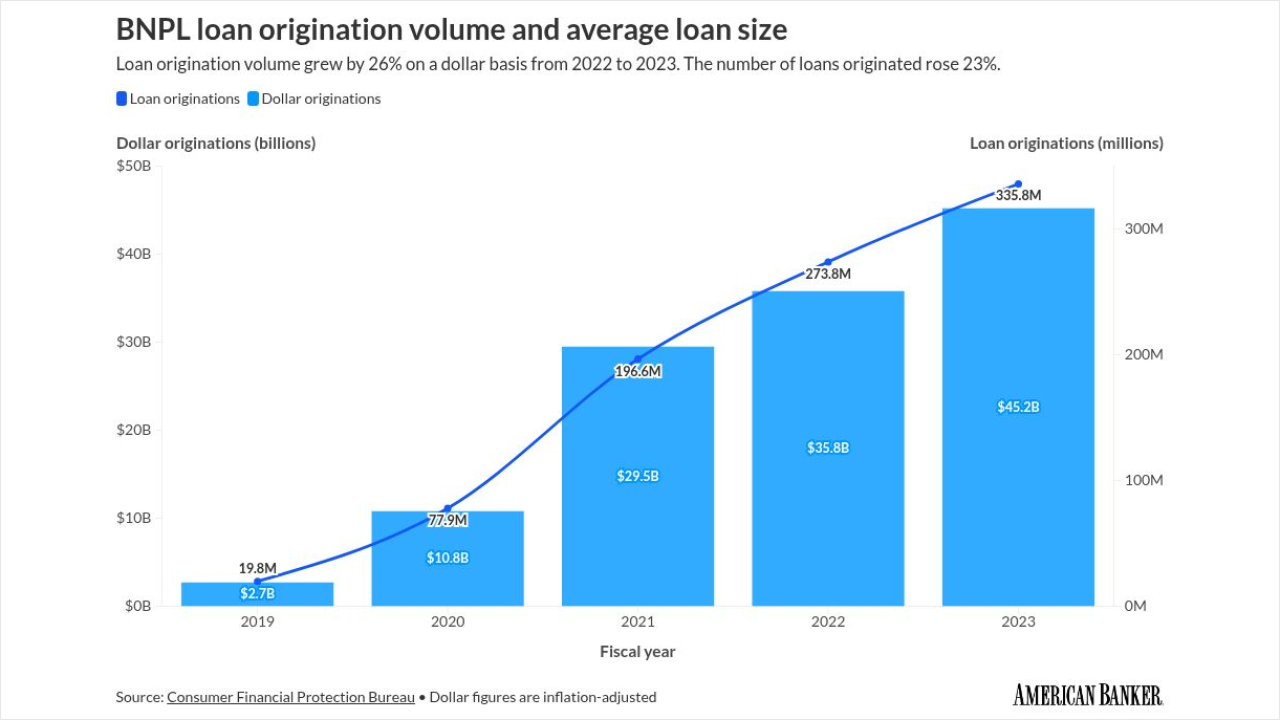A key indicator of the ability of financially distressed companies to raise money improved in May, but not because these borrowers are any better off.
Moody’s Liquidity Stress Index, which measures the percentage of companies with the lowest speculative-grade liquidity rating (SGL-4), fell to 9.3% from 10.2% in April. But the drop was attributable to seven bankruptcies and the three distressed exchanges, which resulted in companies falling off the list..
And despite the fact that there were fewer downgrades in April, Moody’s said, systemic cash-crunch issues are “still percolating” among many junk-rated firms struggling to repay leveraged loans and high-yield bonds.
As such, the ratings agency declared that the weakening liquidity trends of the last 18 months “have yet to turn the corner” because of the unsustainable debt loads still unresolved in the energy sector.
“Although oil prices have more recently been edging higher, they remain comparatively low relative to levels expected by energy companies at the time they took on current debt loads,” the report stated.
“The favorable signal from LSI’s recent pullback is tempered by the cause being negative events rather than broad concrete signs of improvement from an operational perspective,” the report stated.
Year-to-date, the number of companies rated ‘B3’ or lower has reached a historic high of 291 as of May 1. Eighty-four companies also hold Moody’s highest-risk SGL-4 rating, typically firms that heavily rely on highly uncertain and external sources of financing, of which 46 are in energy exploration or oilfield services.
In May, 10 companies fell off the SGL-4 list due to bankruptcies or distressed exchanges, causing the decline in the LSI.
There were underlying improvements, showing some relief is in sight, according to Moody’s. In the first two weeks of May, Moody’s handed out six SGL downgrades vs. four upgrades, compared to 42/10 downgrade/upgrade ratio in March. Those being downgraded to SGL-4 included Weatherford International (corporate rating of ‘B1’), RGL Reservoir Management (‘Caa3’), and Aria Energy Operating (‘B1’).
Year-to-date, liquidity downgrades outnumber upgrades 98 to 30.
With its refunding index also showing difficulty ahead for these companies in terms of refinancing activity, Moody’s has revised its year-end default forecast to 6.2%, up from 4.4% today. The May 2017 default forecast is expected to be 5.8%.




